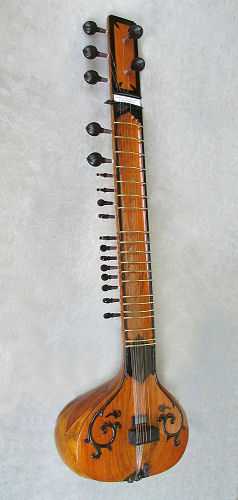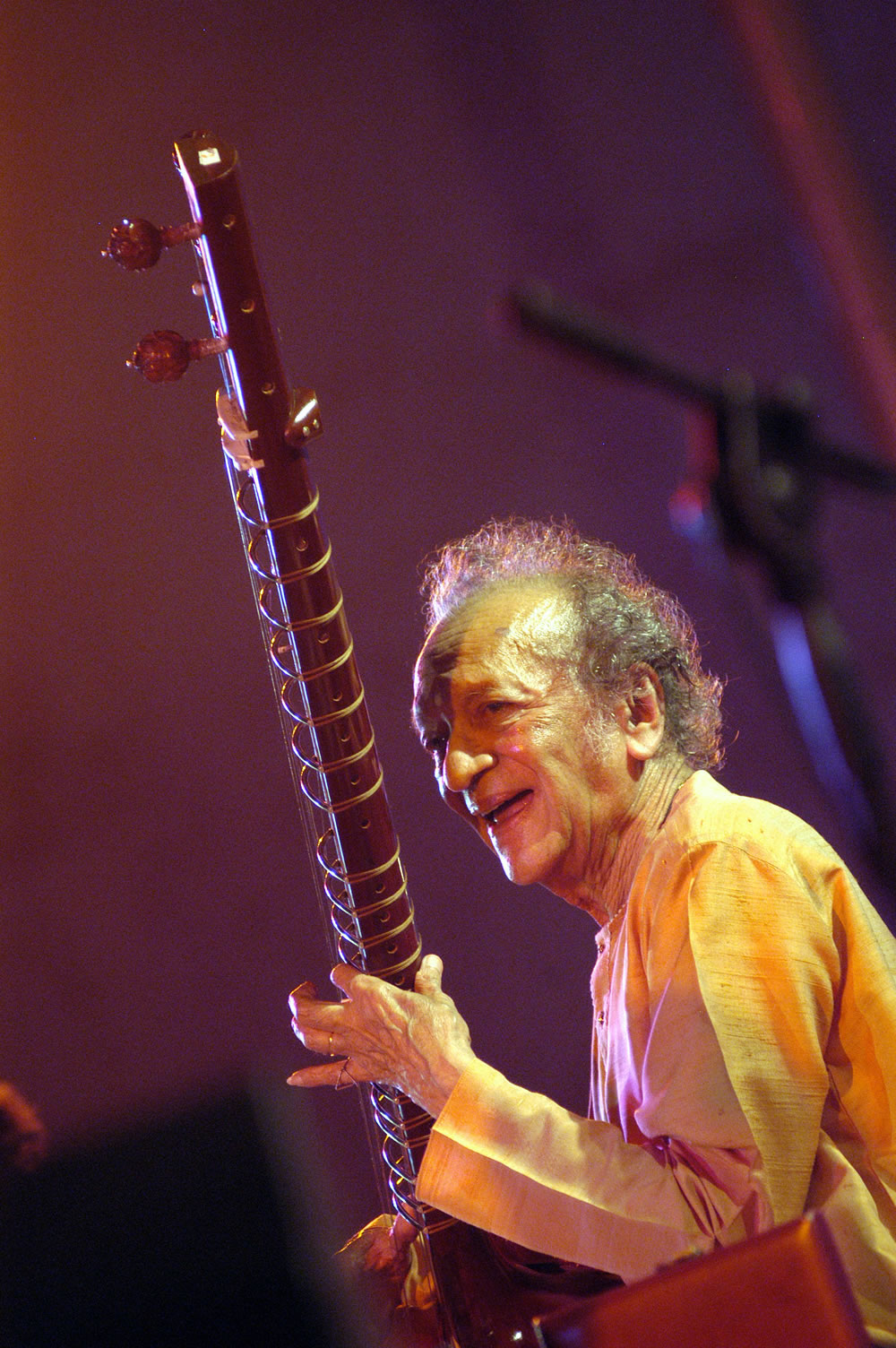 I've recently been taking a break from raga yaman and have been tinkering with raga bhimpalasi. I will post a video at the end of the post to give you an idea what this raga sounds like.
I've recently been taking a break from raga yaman and have been tinkering with raga bhimpalasi. I will post a video at the end of the post to give you an idea what this raga sounds like. However, first I want to list some tunings for various ragas. Tunings for ragas can vary quite a lot depending on which school/style that you follow so the following tunings are just guidelines and changes can certainly be made. I will start with the main playing string (Ma) and work down towards the high pitched strings. You may need to adapt them for your sitar, I use a Gandhar Pancham so it may be different to yours.
(these ragamala paintings don't all correspond to the raga listed)
Raga Yaman
Main Strings
ma, Sa, Ga, Pa, Sa, Sa
Taraf Strings (low to high)
Ni, Sa, Sa, Re, Ga, Ga, Ma, Pa, Pa, Dha, Ni, Sa', Re'
Raga Bhimpalasi
Main Strings
ma, Sa, ma, Pa, Sa, Sa
Taraf Strings (low to high)
ni, Dha, Sa, Sa, Re, ga, ma, Pa, Pa, Dha, ni, Sa', Re'
Raga Bageshri
Main Strings
ma, Sa, ma, Dha, Sa Sa
Taraf Strings (low to high)
ni, Dha, Sa, Sa, Re, ga, ma, ma, Pa, Dha, ni, Sa', Re'
Raga Bhairavi
Main Strings
ma, Sa, ma, Pa, Sa, Sa
Taraf Strings (low to high)
ni, dha, Sa, Sa, re, ga, Ma, Pa, Pa, dha, ni, Sa', re'
Now, here is a wonderful version of raga bhimpalasi by Nikhil Banerjee. This alap is mesmerizing, truly magical.





























